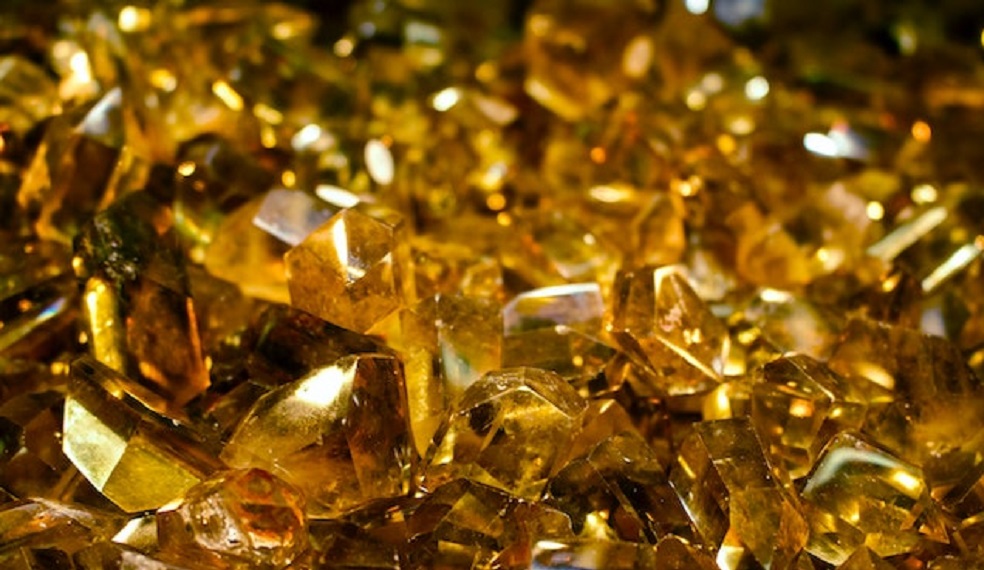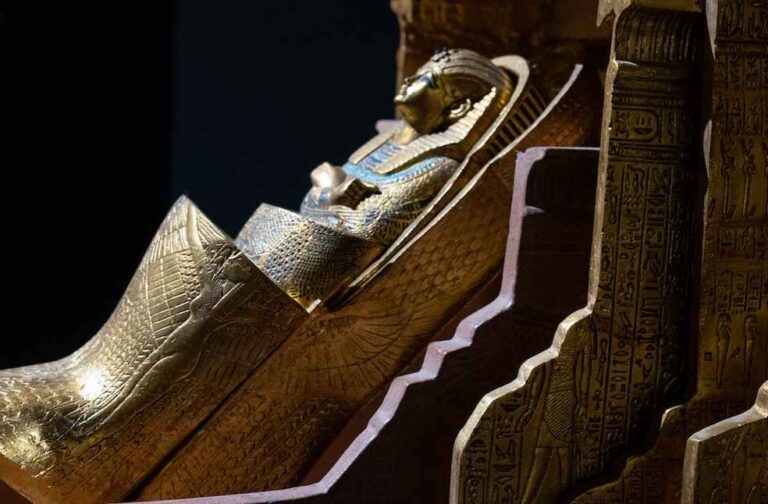Swedish archaeologists from the University of Gothenburg have unearthed the tombs of ancient rulers in Hala Sultan Tekke, a Bronze Age metropolis in Cyprus that thrived as a hub for the copper trade between 1500-1300 BCE. The richness of the artifacts discovered in these graves indicates a high possibility that they were royal tombs.
Located outside the 50-hectare city, these tombs consist of underground chambers with entrances via a narrow passage from the surface. The chambers vary in size, with some measuring up to 4 x 5 meters.
The expedition, led by Peter Fischer, has been conducting excavations in Hala Sultan Tekke since 2010. The newly discovered tombs differ from the previously found ones due to the extraordinary quantity and quality of artifacts.

“We found more than 500 complete artifacts distributed among two tombs. Many of the artifacts consist of precious metals, gems, ivory and high-quality ceramics,” stated Fischer. Many of these artifacts were imported from neighboring cultures. Precious stones such as blue lapis lazuli, dark red carnelian, and blue-green turquoise were imported from Afghanistan, India, and Sinai respectively. There were also amber objects from the Baltic region, and gold and ivory from Egypt.
To locate the tombs, the team utilized magnetometers that could display images of objects and structures up to two meters below the surface. This innovative technology enabled the team to identify large underground cavities, leading to the discovery of the tombs.
The tombs’ occupants included a woman accompanied by dozens of ceramic vessels, jewelry, and a polished round bronze mirror. Near her was a one-year-old child with a ceramic toy.

“Several individuals, both men and women, wore diadems, and some had necklaces with pendants of the highest quality probably made in Egypt during the 18th dynasty, at the time of such pharaohs as Thutmose III and Amenophis IV (Akhenaten) and his wife Nefertiti,” Fischer explained.
The wealth of the entombed individuals was evidently connected to the city’s copper production. The nearby Troodos Mountains supplied copper ore, refined in the city, and then exported in large quantities. The bronze, an alloy of copper and tin, was a highly sought-after commodity during the Bronze Age. This discovery provides valuable insights into the city’s role as a significant copper trading center during this historical period.
IMEX SECTOR: India’s Gold Imports from UAE Plunge to 20-Year Low



